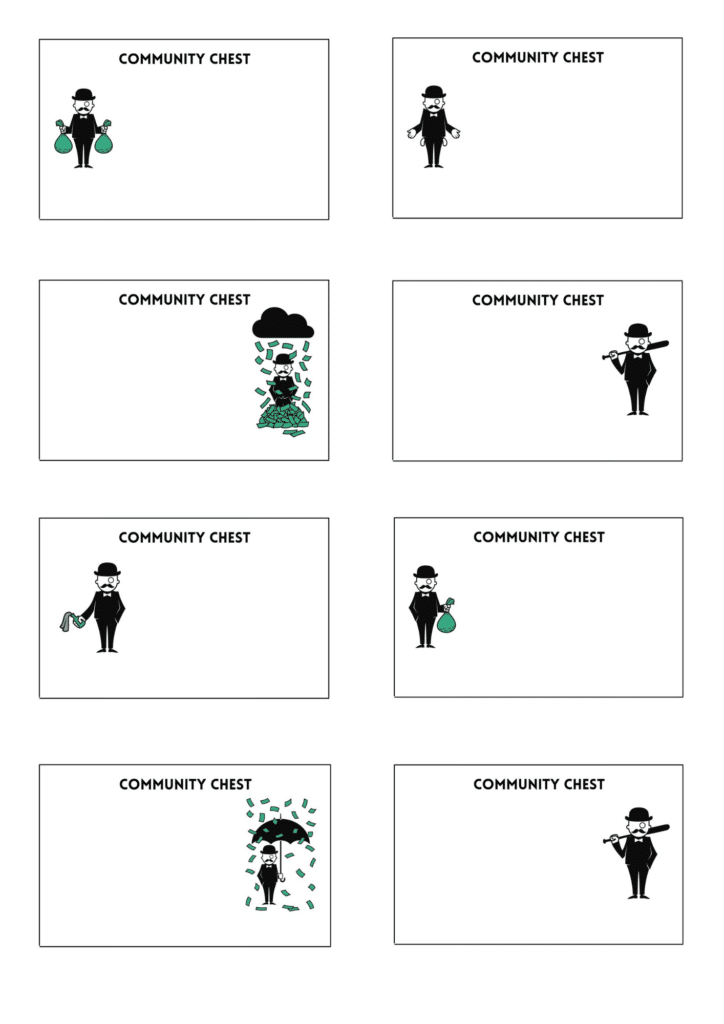
Only fonts that allow this should be considered for use by browsers. The font will know whether it's OK for it to be installed on a remote system. Unlike some images, however, TrueType fonts carry information about permissible use. As we know, this sometimes happens with images. It is feared that people will put fonts on the Web without having permission to do so.

Some will claim that Web fonts cannot be supported due to the risk of piracy. Also, Web page designers can often use Web fonts instead of images to get their designs across. There are plenty of benefits waiting on the other side: Font designers will find an outlet for their creativity, users will get visually richer content, and non-Western scripts can easily be added. CSS2 style sheets can already refer to Web fonts, so there's no need for a new standard.īrowsers are already pretty good at finding information on the Web, and adding fonts to the list should be simple. In order to use Web fonts, browsers must be modified to start looking for TrueType files outside of the local machine. Still, these fonts represent a huge untapped typographic resource for the Web. Some are only suitable for print or for use in headings. Some of their fonts look weird, and some only cover the English alphabet. And there are many other Web font designers. Ray Larabie has generously allowed Goodfish and other fonts to be used by anyone, for free. That's about the same file size as a small photograph. When zipped, the files take up about 100k of memory. It comes in four variants (regular, italic, bold, bold italic), which are encoded as four TrueType files. One such font family, for example, is Goodfish, an elegant serifed font designed by Ray Larabie in 2000. There are thousands of font families on the Web-I call them Web fonts-that are freely available for anyone to use. The time has come to break the Microsoft monopoly on fonts.

It is illegal to add support for more non-Western scripts. The fonts are still available for anyone to use, but not to change. Unfortunately, Microsoft decided to close the project in 2002.

They've improved both aesthetics and interoperability on the Web, and they look good in a wide range of sizes.
Monopoly font free free#
About 10 font families-including familiar names like Arial, Georgia, Verdana and Times New Roman-were made available "for free to the Web community, on all platforms" as Microsoft told the World Wide Web Consortium (W3C) at the time. Microsoft's font monopoly is due to the "Core fonts for the Web" program it launched in 1996.


 0 kommentar(er)
0 kommentar(er)
